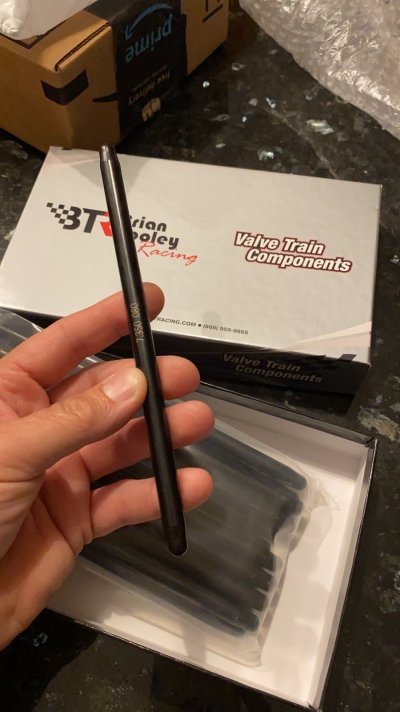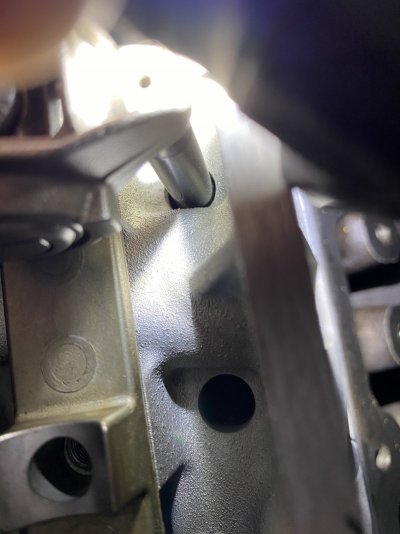Dogged
Member
- Joined
- May 10, 2019
- Posts
- 56
- Reaction score
- 78
I've got almost 24k on my 2021 with no problems, but I typically run 150k+ miles between trucks. Has there been any actual info on what is failing and if we as owners can do anything to help prevent it?
These new trucks are calling for 0-20 oil which is super light, especially in hot weather and towing. Most likely so light to squeak out 0.001 MPG, probably at the long term expense of the engine. Maybe slightly heavier oil grades in the summer would be advantageous and provide better mechanical wear resistance? FYI, the 2020 6.2 calls for 5-20.
I'd love to know what's truly happening to feel better about long term ownership on this one.
These new trucks are calling for 0-20 oil which is super light, especially in hot weather and towing. Most likely so light to squeak out 0.001 MPG, probably at the long term expense of the engine. Maybe slightly heavier oil grades in the summer would be advantageous and provide better mechanical wear resistance? FYI, the 2020 6.2 calls for 5-20.
I'd love to know what's truly happening to feel better about long term ownership on this one.




